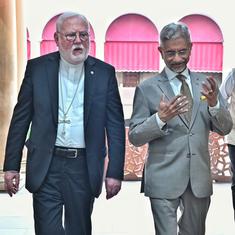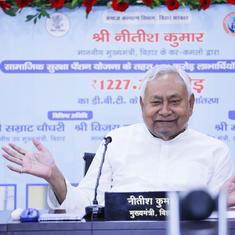Thanks to some heavy rainfall this year, Costa Rica’s hydropower plants alone are generating nearly enough electricity to power the entire country. With a boost from geothermal, solar, and wind energy sources, the country doesn’t need an ounce of coal or petroleum to keep the lights on. Of course, the country has a lot of things going in its favor. Costa Rica is a small nation, has less than 5 million people, doesn’t have much of a manufacturing industry that would require a lot of energy, and is filled with volcanoes and other topographical features that lend themselves to renewable energy.
Nonetheless, it is both a noble and significant feat for a nation of any size to eschew fossil fuels completely.
Costa Rica is not the only place in the area committed to running on green energy. Bonaire, a Dutch island territory off the coast of Venezuela, operates at nearly 100% renewable energy, and will likely reach that milestone soon with the help of an unlikely energy source: algae.
Driven by China, global spending on renewable energy is on track for its first annual gain in three years (though it might not last). Iceland already gets all of its electricity from renewable energy sources, and about 85% of all its energy is produced by geothermal and hydropower sources. And three other European countries (Sweden, Bulgaria, and Estonia) have already hit their 2020 renewable energy goals.
Denmark, which gets 40% of its energy from wind, wants to ditch fossil fuels completely by 2050. The problem with operating completely on renewable energy, as some Danes have noted, is that fossil fuels are still needed as a backup plan if, for instance, there’s a stretch of time when the country has not experienced enough wind or sunshine to power everything. But the rise of renewable energy has rendered many conventional power plants unprofitable, and owners of those plants are trying to close up shop.
In Costa Rica, a drought would seriously disrupt the country’s ability to generate electricity with water. That’s probably why its government approved a $958 million geothermal project. While that is being funded largely by Japan and the European Investment Bank, Costa Rica has already been able to spend so much on renewable energy because it doesn’t need to spend anything on defense. The country hasn’t had a military since 1948.
This article was originally published on qz.com.










